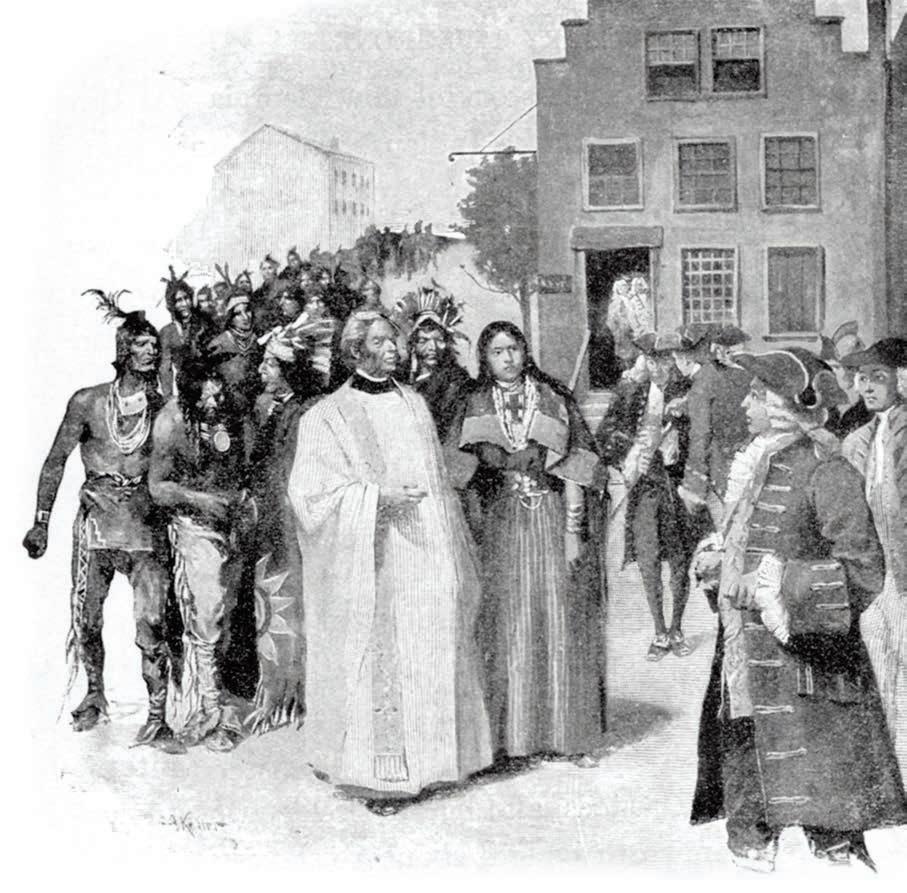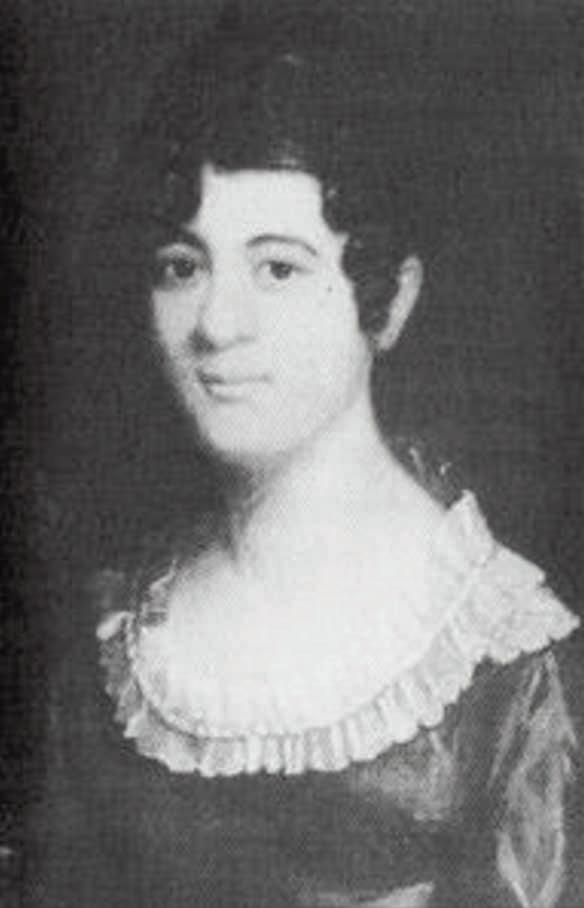
2 minute read
Georgia’s “Founding Mother”
First and foremost in our history lessons covering women of Georgia is Mary Musgrove . Where Lewis and Clark had Sacagawea and the colony of Jamestown had Pocahontas, the newly founded colony of Georgia had Mary Musgrove. The daughter of English trader Edward Griffin and a Native American mother from Coweta, Creek Nation, she was given the name Coosaponakeesa at birth. She learned Creek culture and to speak their language of Muskogee as a child. She was taken to a small town in South Carolina by her father when she was about seven years-old, and there she learned English and changed her name to Mary. She later married English trader John Musgrove and they established a trading post near the Savannah River, where Mary honed her skills as an interpreter. It was there that she caught the attention of General James Oglethorpe.
Mary acted as Oglethorpe’s primary interpreter from 1733 to 1743 and was central to his dealings with their Creek neighbors. Mary’s work as interpreter for Oglethorpe and Yamacraw chief Tomochichi is said to have been instrumental in the peaceful founding of Savannah, and the colony of Georgia itself. She used her connections to foster peace between the Native Americans and the British settlers and aided Oglethorpe greatly in his understanding of the Creeks. She was compensated financially and earned prestige from her position.
During those years, Mary’s husband John Musgrove died, and she remarried twice. First to Jacob Matthews, with whom she established another trading post on the Altamaha. He died a mere five years later, whereupon she married Christian missionary Rev. Thomas Bosomworth. This cemented her place in the higher echelons of society, and the couple was known to communicate messages from Oglethorpe and the king of England to and from Creek leaders. They often hosted visitors from both nations in their home.
Not only was Mary’s role in the founding of the colony and maintaining amicable relations with the Native Americans remarkable, so was her pursuit of claims to land that had been granted to her by virtue of her position. In 1737, she was granted a plot of land near Savannah by Tomochichi, yet the claim was unsettled when Mary married Bosomworth. The couple was granted claims to Sapelo, St. Catherines, and Ossabaw islands by Lower Creek chief Malatchi. British officials refused to acknowledge the claims, however, arguing that a nation can only cede or grant land to another nation, not to individuals. For approximately a decade Mary continued to press authorities in Georgia and in England to obtain the property that had been granted to her. A compromise was reached in 1760 whereby Mary received the right to St. Catherines Island plus a monetary sum and released her claims to the other lands. It was on St. Catherines that Mary took her final breath. In 1993, more than two centuries after her death, Mary Musgrove was declared an inductee of Georgia Women of Achievement. She is also recognized in the National Women’s History Museum. So when you consider the beginnings of our fair state of Georgia, remember the important contributions of its multicultural “mother.”
Anna Matilda Page King
(1798-1859)
is the woman responsible for one of the most recognizable and photographed spots on St. Simons Island: Avenue of the Oaks, the double row of stately live oak trees that now welcome guests to Sea Island Golf Club.
Anna’s father, Major William Page, owned Retreat Plantation on St. Simons Island and taught her all aspects of plantation management from cultivating plants to keeping accounts. Anna inherited the property in 1826 upon her parents’ deaths. Anna and her husband Thomas Butler King lived at Retreat after they married, but as their family grew, they moved to King’s plantation properties on the mainland. When a sharp drop in cotton prices made it impractical to keep operating multiple properties, the Kings sold the mainland plantations and moved back to Retreat.

While Thomas attended to his political ambitions and duties as a member of Congress, Anna ran Retreat successfully, growing Sea Island cotton, olives, oranges, and fragrant flowers. The nearly 200-year-old live










